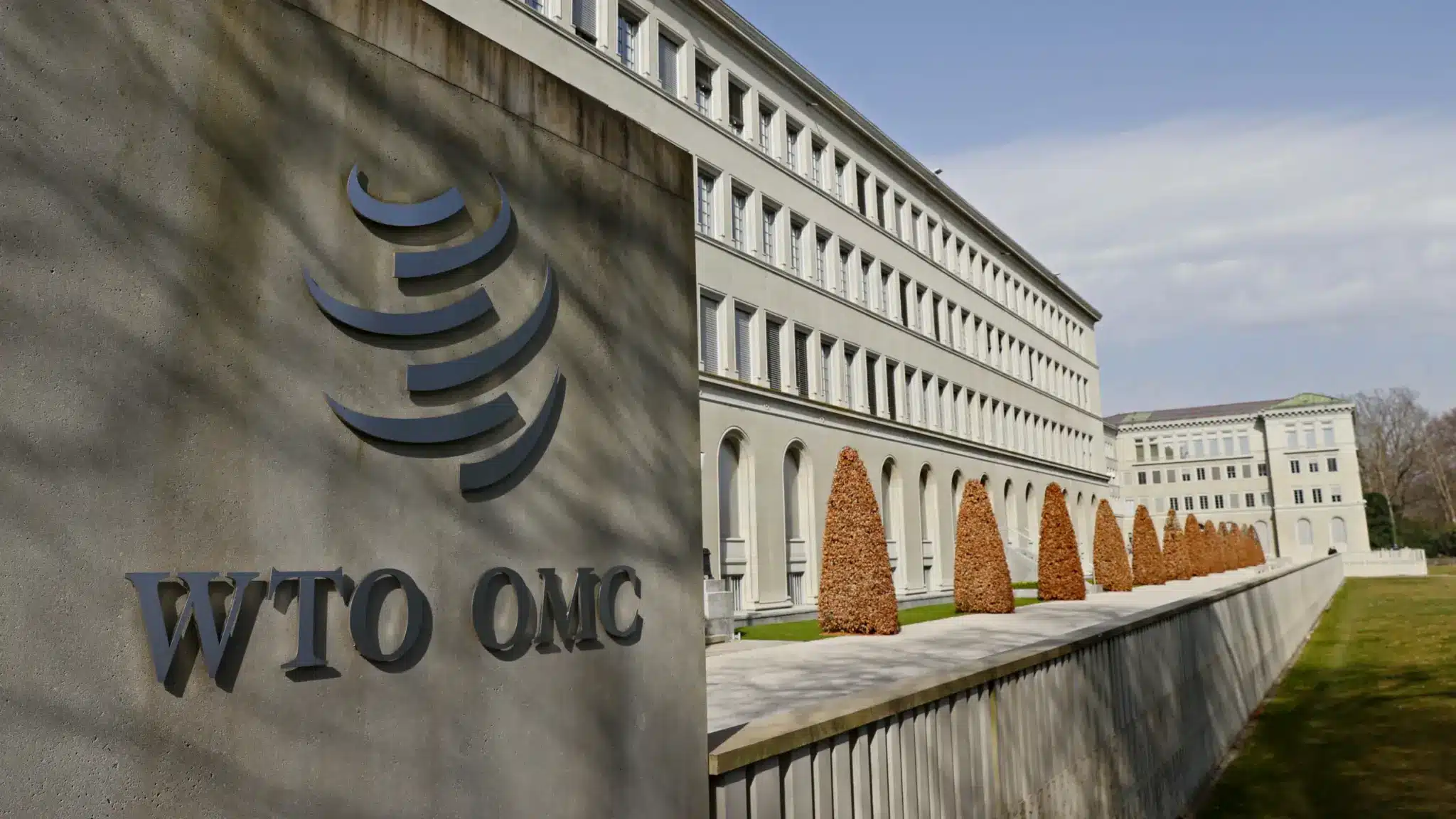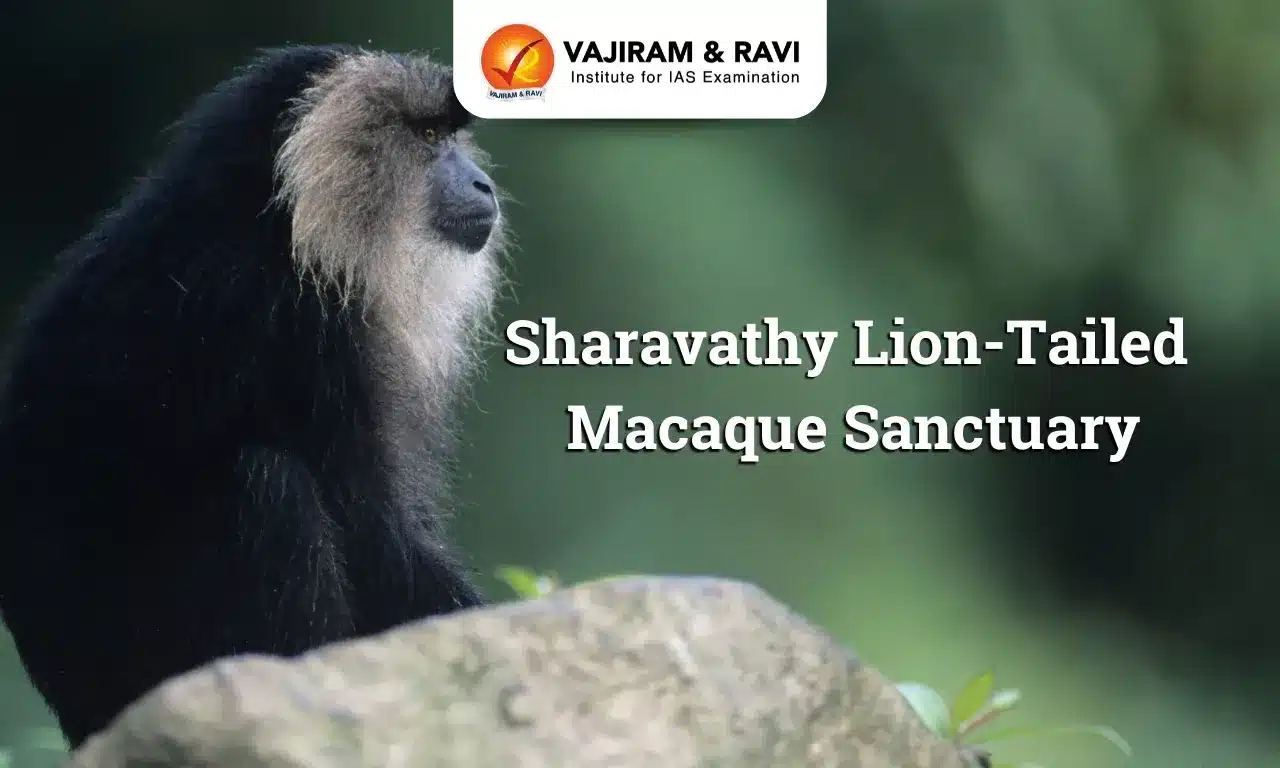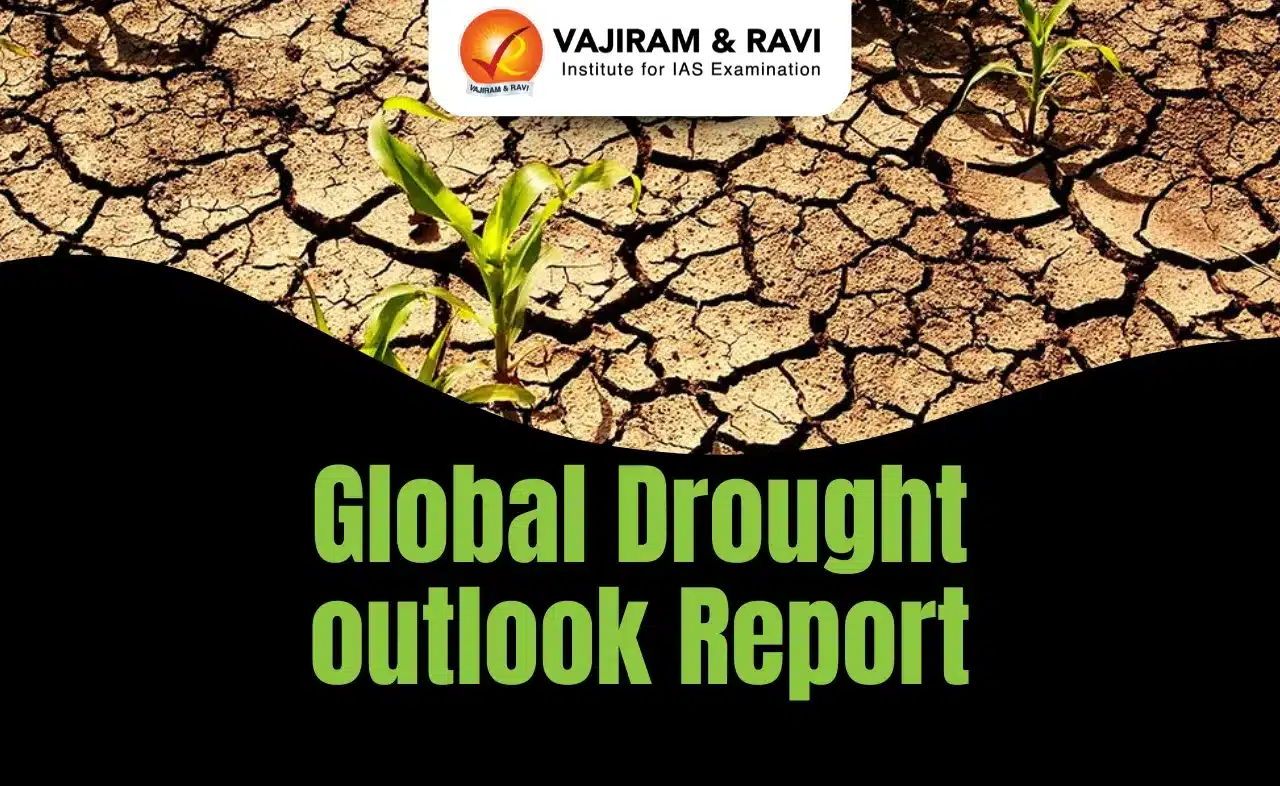About Peace Clause
- Under the Peace Clause, WTO members refrain from challenging any breach in the prescribed subsidy ceiling given by a developing nation at the dispute settlement forum of the WTO.
- Subsidies over and above the prescribed ceiling are seen as trade-distorting.
- Subsidy ceiling: Under the global trade norms, a WTO member country’s food subsidy bill should not breach the limit of 10 percent of the value of production based on the reference price of 1986-88.
- India has been seeking amendments to the formula for calculating this food subsidy cap.
- As an interim measure, the WTO members at the Bali ministerial meeting in December 2013 agreed to put in place a mechanism popularly called the Peace Clause and committed to negotiating an agreement for a permanent solution.
- This clause will be there till a permanent solution is found to the food stockpiling issue.
- While the ‘peace clause’ allows developing countries to breach the 10% ceiling without invoking legal action by members, it is subject to onerous notification requirements and numerous conditions such as not distorting global trade and not affecting food security of other members.
Q1: What is the World Trade Organization (WTO)?
The (WTO) was established in 1995 under the Marrakesh Treaty (1994) with the aim of promoting free and fair trade among its member countries. It has 164 member countries, representing over 98% of global trade. It is headquartered in Geneva, Switzerland, and operates on a consensus-based decision-making process.
Source: Fifth time in a row: India invokes the peace clause for rice in WTO
Last updated on June, 2025
→ UPSC Notification 2025 was released on 22nd January 2025.
→ UPSC Prelims Result 2025 is out now for the CSE held on 25 May 2025.
→ UPSC Prelims Question Paper 2025 and Unofficial Prelims Answer Key 2025 are available now.
→ UPSC Calendar 2026 is released on 15th May, 2025.
→ The UPSC Vacancy 2025 were released 1129, out of which 979 were for UPSC CSE and remaining 150 are for UPSC IFoS.
→ UPSC Mains 2025 will be conducted on 22nd August 2025.
→ UPSC Prelims 2026 will be conducted on 24th May, 2026 & UPSC Mains 2026 will be conducted on 21st August 2026.
→ The UPSC Selection Process is of 3 stages-Prelims, Mains and Interview.
→ UPSC Result 2024 is released with latest UPSC Marksheet 2024. Check Now!
→ UPSC Toppers List 2024 is released now. Shakti Dubey is UPSC AIR 1 2024 Topper.
→ Also check Best IAS Coaching in Delhi
























